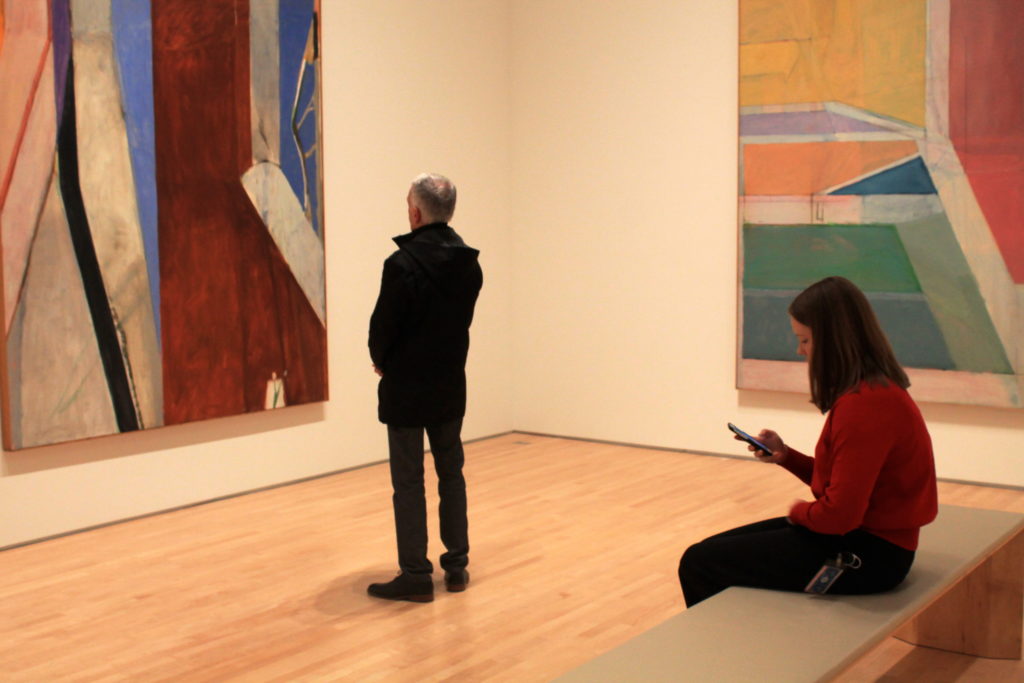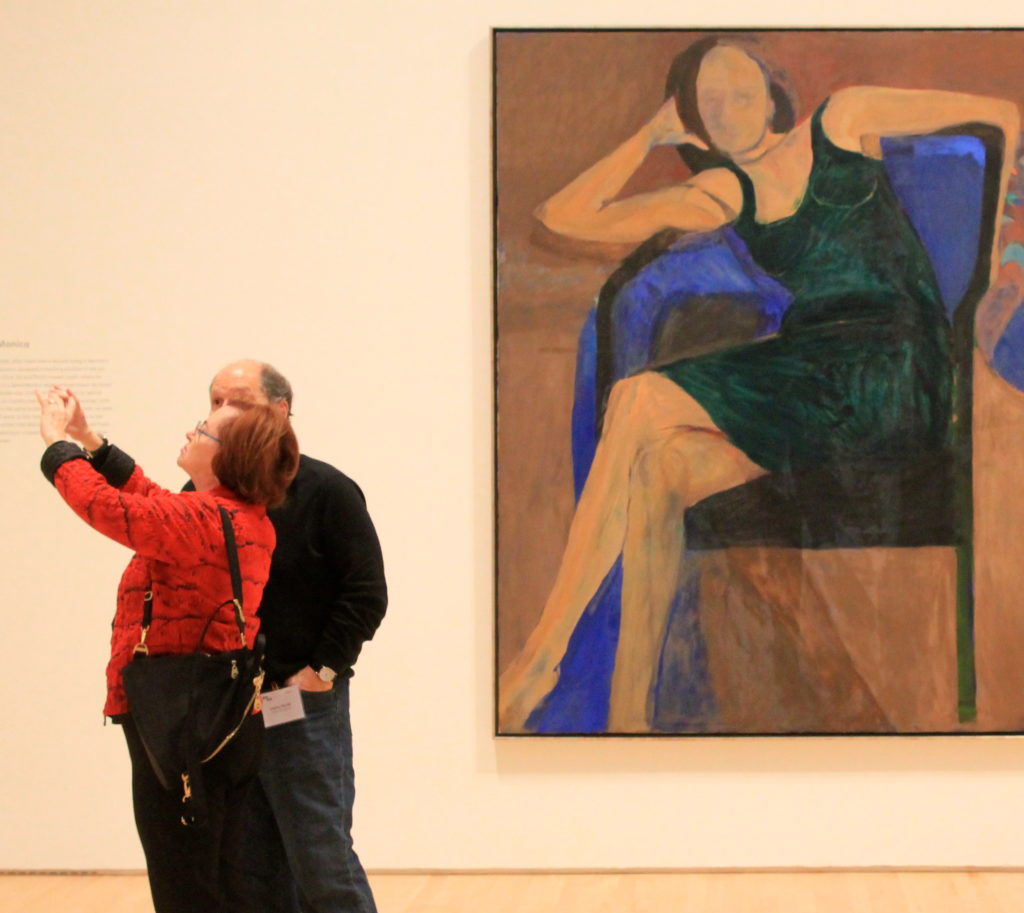Two artists with different styles who worked in different parts of the twentieth century and in different countries come together in the newest exhibit at the SF MOMA. Henri Matisse and Richard Diebenkorn never met, but their work converses with each other as if the two crafted side by side. And that effect is exactly what the creators of this exhibition, along with the help of thirty-two funders, accomplished. With the help of women from both artists’ lives, Diebenkorn’s daughter and Matisse’s granddaughter, this exhibit came to life. Not only is this exhibit brought to the viewers by women, the artwork explores the complexity of the female form.

Photo by Priyanka Ramesh
Forty of Matisse’s paintings are interwoven with sixty of Diebenkorn’s, allowing any onlooker to grasp the striking color and structural similarities. Even in the earlier part of Diebenkorn’s career, when he mainly painted abstract, the color and composition aligned with the work of Matisse. This collection offers many examples of the two artists’ inspiration, and how Diebenkorn drew inspiration. From the use of repeated subjects, geographic location inspired landscapes, and indoor rooms, both artists showcase a wide range of similar fixations. However, one of the most prominent similarities between Diebenkorn and Matisse is their shared fascination with the female form.

Photo by Priyanka Ramesh
Yet, their approaches to showcasing females are vastly different. Diebenkorn presents the naked female form unabashedly, with portraits that feature women centered and commanding attention. Matisse, on the other hand, places women in more reserved positions. Matisse, who worked in the early 1900’s still presents the chaste female body. A couple decades (and Women’s Rights Movements) later, Diebenkorn showcases the power of female bodies. Though both are clear celebrations of the womanly form, the progression of women is evident in both artists’ work. This exhibit, opened to a private audience on International Women’s Day, artfully takes its viewers through the journey and evolution of these exceptional painters. It celebrates inspiration and influence within the art community while protecting the unique talent each artist posses.

“Femme au chapeau” (Woman with a Hat) (1905), by Henri Matisse. (©
Succession H. Matisse/Artists Rights Society, New York)

